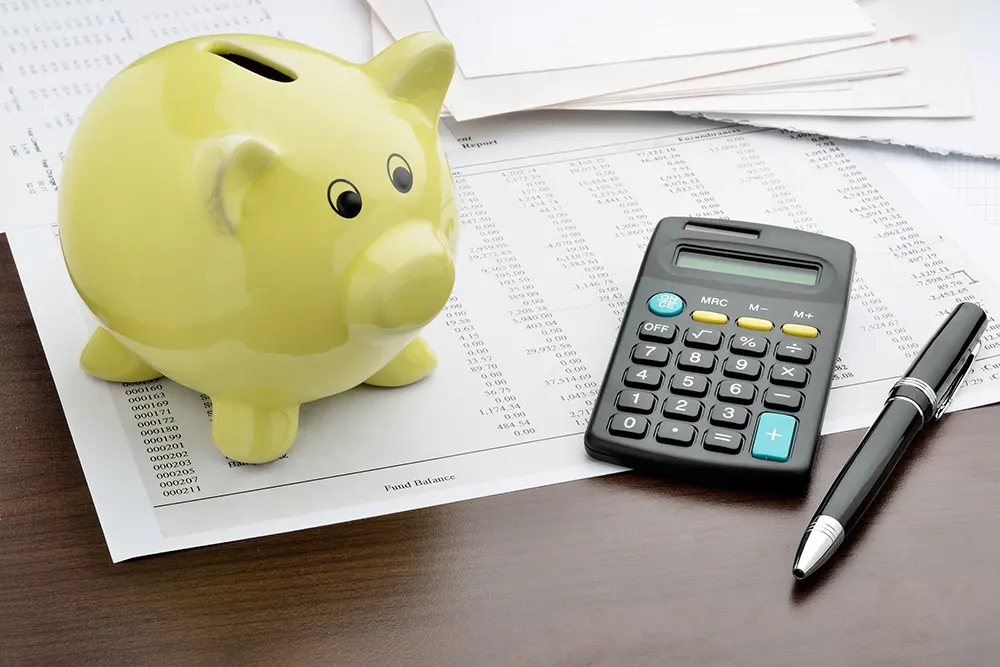An emergency fund is a critical component of a solid financial plan. It provides a financial buffer that can keep you afloat in times of need without resorting to high-interest debt options such as credit cards or personal loans. The primary purpose of an emergency fund is to cover unexpected expenses like medical bills, car repairs, or a sudden loss of income due to unemployment. Without this safety net, you may find yourself in a precarious financial situation when faced with emergencies.
Building an emergency fund starts with setting a clear savings goal. Financial experts often recommend saving at least three to six months’ worth of living expenses, but this can vary based on individual circumstances such as job security, income stability, and overall risk tolerance. Start by calculating your essential monthly expenses—rent or mortgage, utilities, food, transportation, insurance, and any minimum debt payments—and multiply by the number of months you want your fund to cover.
To accumulate this fund, start by setting aside a small, manageable portion of your income each month. Automating your savings can make this process easier and ensure consistency. Consider opening a separate savings account specifically for your emergency fund to avoid the temptation of spending this money. High-yield savings accounts are often a good choice, as they offer better interest rates than standard savings accounts while still providing easy access to your funds.
It’s also important to regularly review your emergency fund and adjust it as necessary. Major life changes such as getting married, having children, or buying a home may require you to increase your savings goal. Conversely, if you’ve downsized your lifestyle or paid off significant debt, you might not need as large of a fund. Having a robust emergency fund in place not only offers peace of mind but also provides financial resilience in the face of life’s uncertainties.


